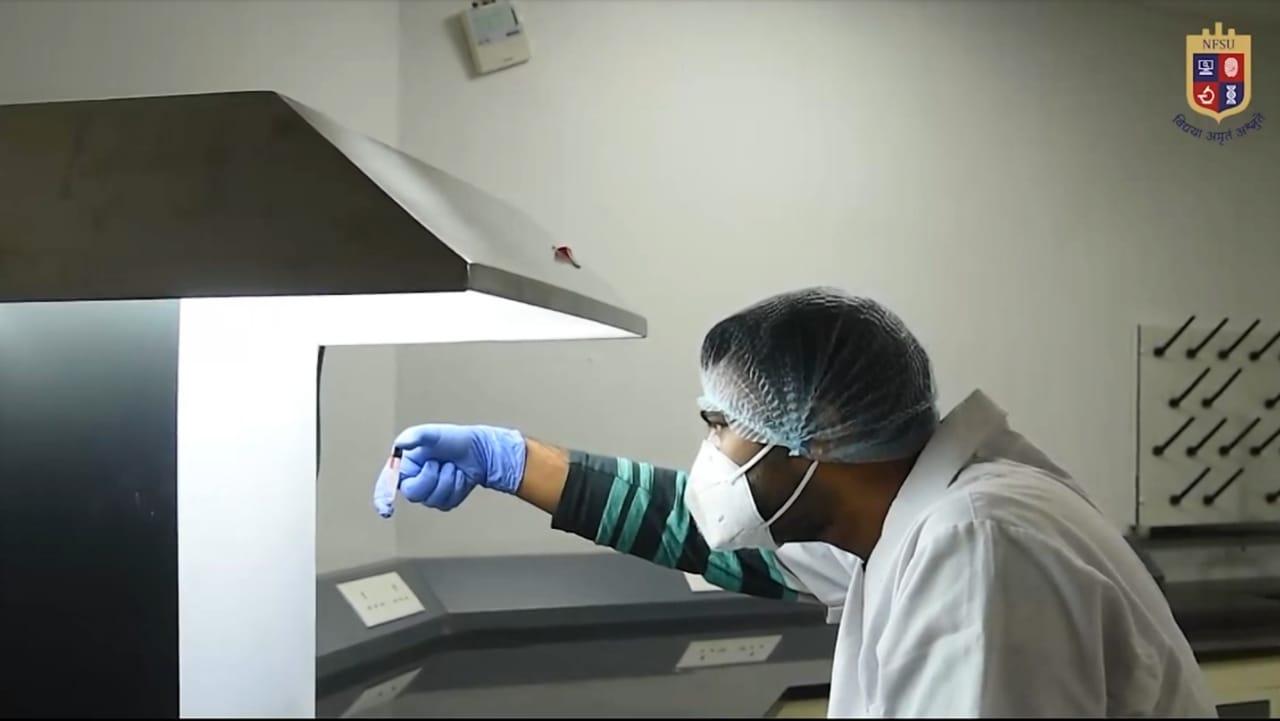In industries like pharmaceuticals, medical devices, and food production, visual inspection is very important for ensuring product quality and safety. In the United States, strict guidelines like USP 1790 Particles for visual inspection are followed to ensure that products are free from defects and contaminants. This process is especially critical for items like vials, ampoules, and other containers that hold medicines.
FTI Incorporation specializes in offering high-quality visual inspection services, vial defect detection, and adhering to strict visual inspection standards. In this article, we will answer some key questions about visual inspection, vial defects, and related standards, using simple language to ensure everyone can understand.
What is Visual Inspection?
Visual inspection is the process of looking at products and packaging to make sure they are free from defects. This is done either by human inspectors or with the help of machines. Products that are inspected include vials, ampoules, and other containers used to store medicines. Inspecting these items ensures they are safe to use.
USP 1790 Particles for Visual Inspection
The USP 1790 guideline deals with the detection of particles in sterile products, such as injectable medicines. This is very important because any contamination in these products could harm patients.
What is the Particle Size for Visual Inspection?
According to USP 1790 Particles for visual inspection, particles as small as 50 microns can be detected with the naked eye under proper lighting conditions. However, smaller particles may need special instruments to be detected.
What is the USP Light Intensity for Visual Inspection?
The USP light intensity for visual inspection is typically between 2000 and 3750 lux. This level of light is bright enough to help inspectors spot small particles and defects in transparent or translucent containers, like vials or ampoules.
What is the Lux Intensity for Visual Inspection?
The lux intensity for visual inspection is the measure of how much light falls on the surface being inspected. As per USP 1790, 2000 to 3750 lux is the recommended light intensity, which helps ensure that even small defects or particles can be spotted easily.
Vial Defect Detection in the USA
Vial defect detection in the USA follows strict guidelines to ensure that medicines stored in vials are safe. Vials can have defects that compromise the safety of the product.
What Are the Defects of Vials?
Common vial defects include:
- Cracks: These are breaks in the glass or plastic, which can lead to contamination.
- Particulate Contamination: The presence of unwanted particles, such as dust or metal fragments.
- Seal Issues: Vials with improper seals can allow air or bacteria to enter.
- Discoloration: A change in color can indicate contamination or a defect in the material.
What is Vial Inspection?
Vial inspection is the process of checking vials for any of these defects. This can be done visually by humans or with automated machines that use cameras and software to detect problems. In vial defect detection in the USA, machines called vision systems are often used to spot even the smallest issues with vials.
What is the Vision System for Defect Detection?
A vision system for defect detection uses cameras and software to automatically detect problems in vials or other containers. These systems are very precise and can spot cracks, particles, and other defects that are too small for the human eye to see. In the USA, these systems help ensure that vials are free from defects before they are filled with medicine.
Visual Inspection Standards
Visual inspection in industries like pharmaceuticals is guided by strict standards to make sure that products are safe and effective.
What is the Standard ASME for Visual Inspection?
The ASME (American Society of Mechanical Engineers) standard for visual inspection sets guidelines for inspecting mechanical equipment and systems. While it is more focused on mechanical devices, it shares similar principles with pharmaceutical visual inspections, such as using proper lighting and trained inspectors.
What is the Visual Inspection Standard?
A visual inspection standard sets out the guidelines for how inspections should be done. This includes:
- Lighting: There should be enough light to spot small particles or defects.
- Inspector Training: Inspectors should be trained to detect even the smallest problems.
- Environment: The area where inspections are done should be clean to avoid contamination during the process.
One of the most commonly used standards is USP 1790 in the pharmaceutical industry.
What is the ASTM Standard for Visual Testing?
The ASTM (American Society for Testing and Materials) standard for visual testing is called ASTM E1444. This standard is used in industries like manufacturing and sets the guidelines for how to perform inspections. It ensures that inspections are done consistently and that any defects are properly identified and classified.
What is the Standard Distance of Visual Inspection?
The standard distance for visual inspection is usually 25 to 50 centimetres (10 to 20 inches) from the product being inspected. This distance allows inspectors to see small details clearly without straining their eyes.
Defects in Ampoules
Similar to vials, ampoules are small sealed containers used to hold sterile medicines, and they can also have defects.
What Are the Defects of Ampoules?
Some common ampoule defects include:
- Cracks: Just like vials, cracks in ampoules can lead to contamination.
- Sealing Defects: Ampoules are sealed by melting the glass, and any problems during this process can lead to a faulty seal.
- Particles: The presence of small particles inside the ampoule can be harmful, especially for injectable medicines.
- Discoloration: Changes in the color of the ampoule or its contents could indicate contamination or a chemical reaction.
Conclusion
Understanding USP 1790 Particles for visual inspection, vial defect detection in the USA, and visual inspection standards is crucial for ensuring the safety and quality of products in industries like pharmaceuticals. At FTI Incorporation, we follow these standards to provide high-quality inspection services that ensure products are free from defects and contaminants.
Visual inspection is a vital process, whether it's done by trained people or automated vision systems. By adhering to global standards like USP 1790 and using advanced technologies, FTI Incorporation helps maintain the highest level of product safety. Whether inspecting vials, ampoules, or other containers, these inspections play a key role in making sure that medicines and other products are safe for consumers.
With proper lighting, trained inspectors, and the right equipment, visual inspection can detect even the smallest defects. This process is essential for ensuring that every product meets the strict safety and quality requirements set by regulatory authorities.



